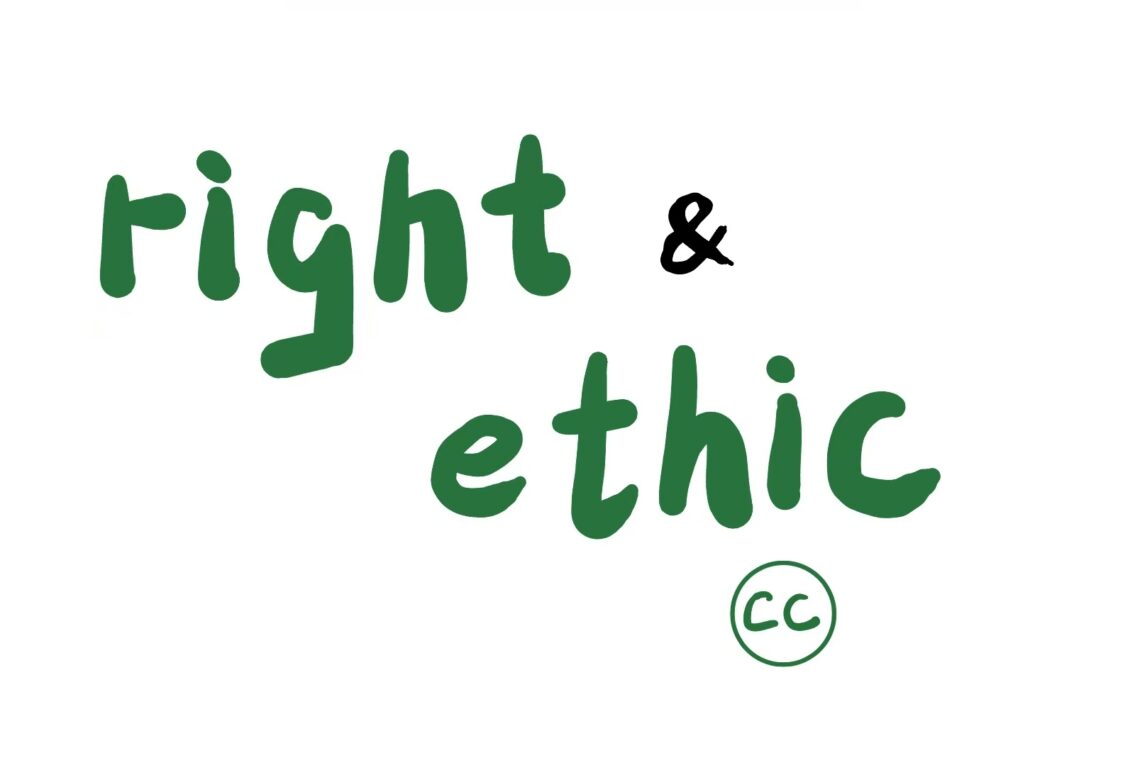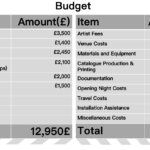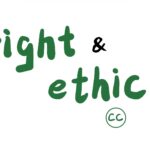When putting together an exhibition like “Fugitive Frames”, understanding how to deal with copyrights and licensing is key. But let’s face it, it’s not the most exciting part of the process — it’s the paperwork and the fine print. But don’t worry, I’ve got it all covered!
Here’s a rundown of the research I did, based on some reliable sources (thanks, The National Archives and Gov.uk), to make sure the exhibition respects all copyright laws while still bringing cutting-edge art to life.
1. The Basics of Copyright
I started by checking out the Copyright Flowchart from The National Archives, which is actually pretty helpful. It walks you through who owns the rights to an artwork and whether you need a license to use it.
-
Good News: If the artist created the work, they automatically own the rights unless they sign something to transfer those rights. For any sourced materials (like video clips or audio), I made sure we have the right permissions or licenses. No surprises here!
2. Getting the Right Licenses
Next up, I dived into some license agreements from Gov.uk—don’t worry, I didn’t get bogged down by all the legal jargon! Basically, it’s all about getting clear permission from the artists to show their work and making sure they still keep control over their art for other uses. Here’s how it works:
-
The artist (aka the Licensor) gives us (the Licensee) permission to display, sell, or even digitally reproduce their artwork. But they still own their rights for any future projects, which is the right way to do it.
3. Fair Use and Transforming Art
With a lot of the works in the exhibition being digital, the whole fair use thing can get a bit tricky. For example, if I’m using video clips or remixed sounds, we need to make sure the work is transformative enough to fit within legal limits.
4. How I’ve Set Up Artist Agreements
No exhibition would be complete without fair agreements for the artists. For this one, I’ve been making sure that every artist gets their fair share:
-
The artists will be given non-exclusive licenses for the exhibition — meaning they still hold on to their rights. We can display their works, include them in digital content or merchandise, but they can use their art wherever else they want too!
-
Everyone should be treated fairly!
Wrap-Up: What This Means for the Exhibition
So, after diving into the legal stuff, I feel confident that “Fugitive Frames” is all good on the copyright front. By taking the time to ensure all the legal agreements are in place (shoutout to the National Archives and Gov.uk), I’m able to focus on what really matters: the art.
Now, we’ve got all the permissions to bring these incredible digital artworks to the public, with the artists getting the credit and compensation they deserve. And that means a smooth, ethical, and legally sound exhibition that everyone can enjoy.









